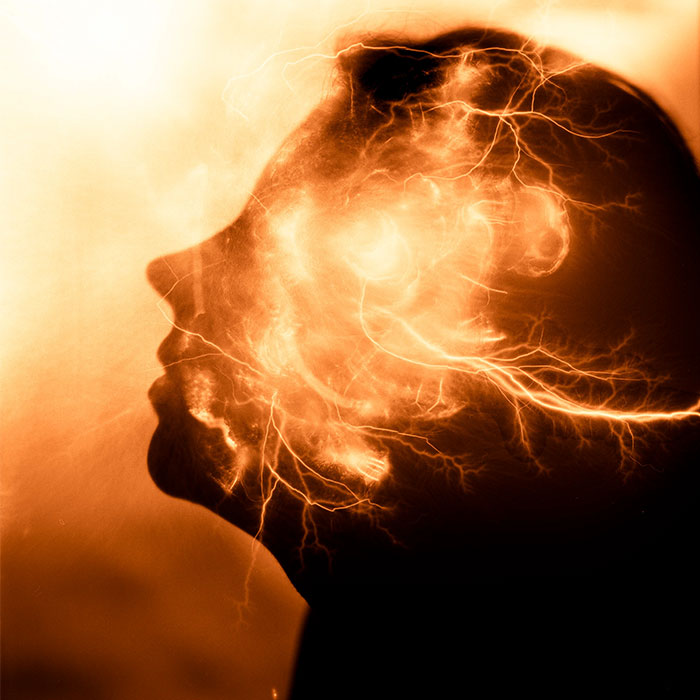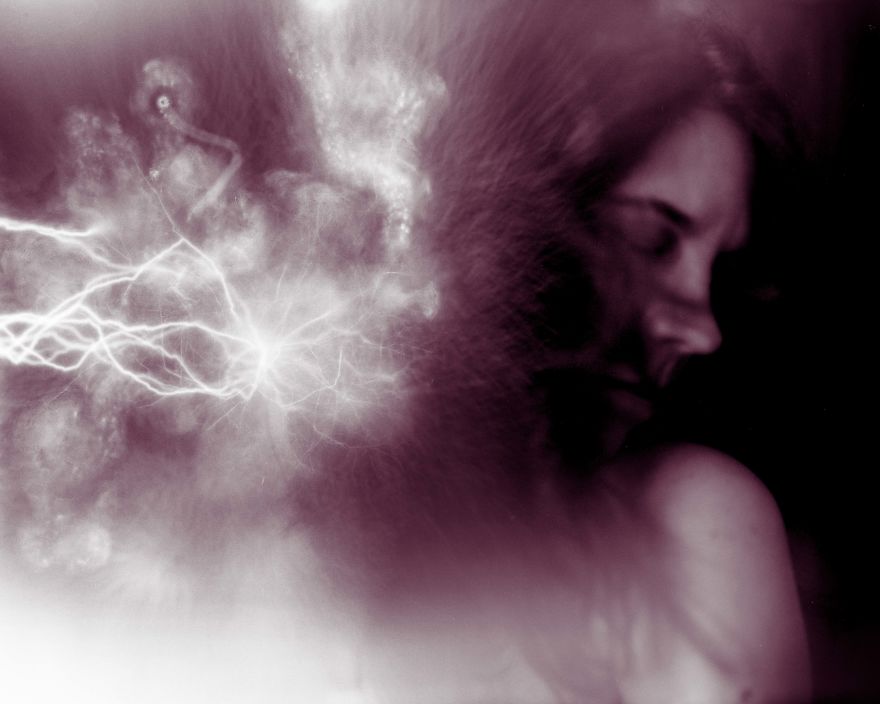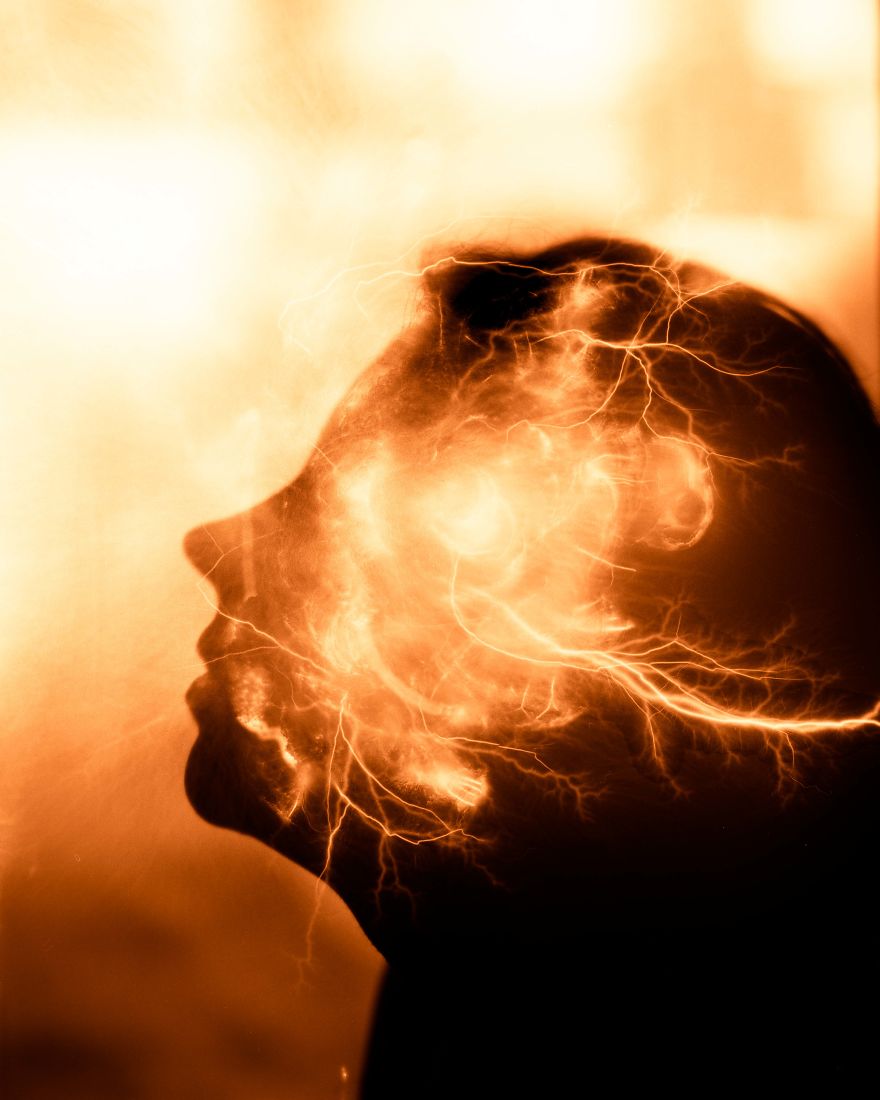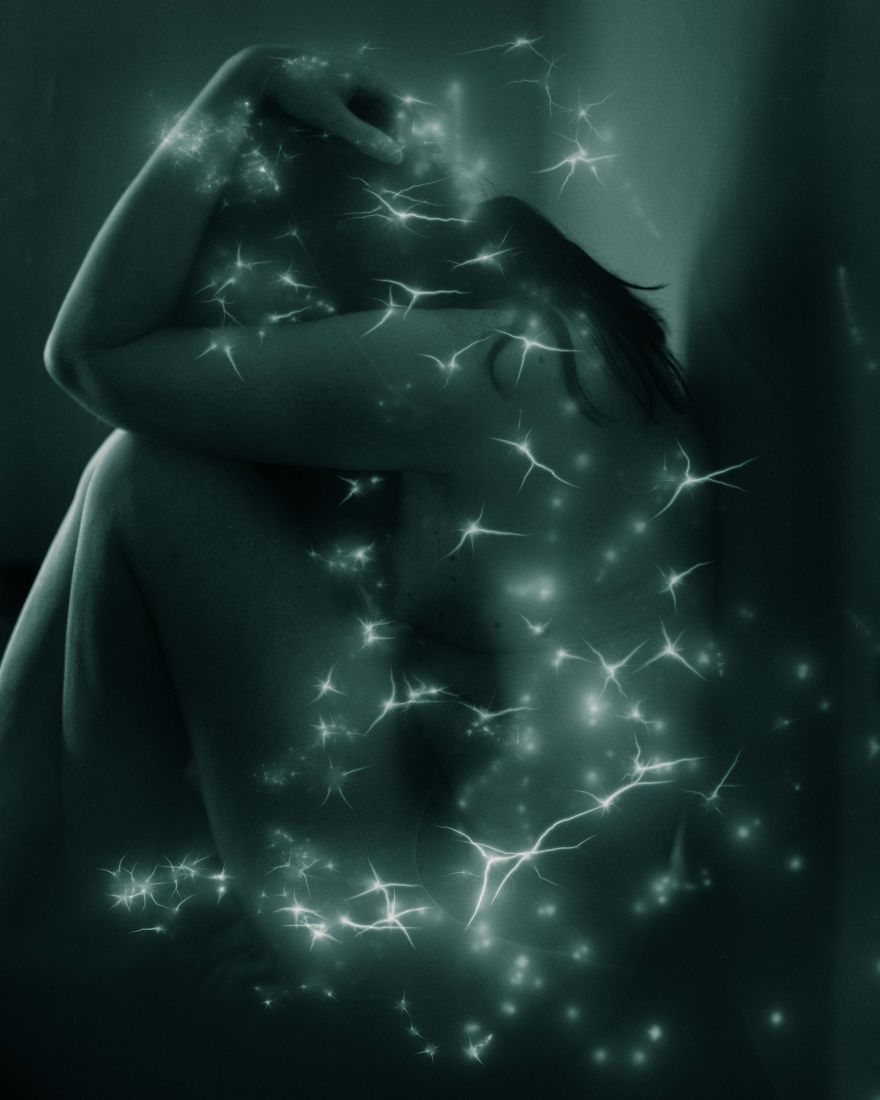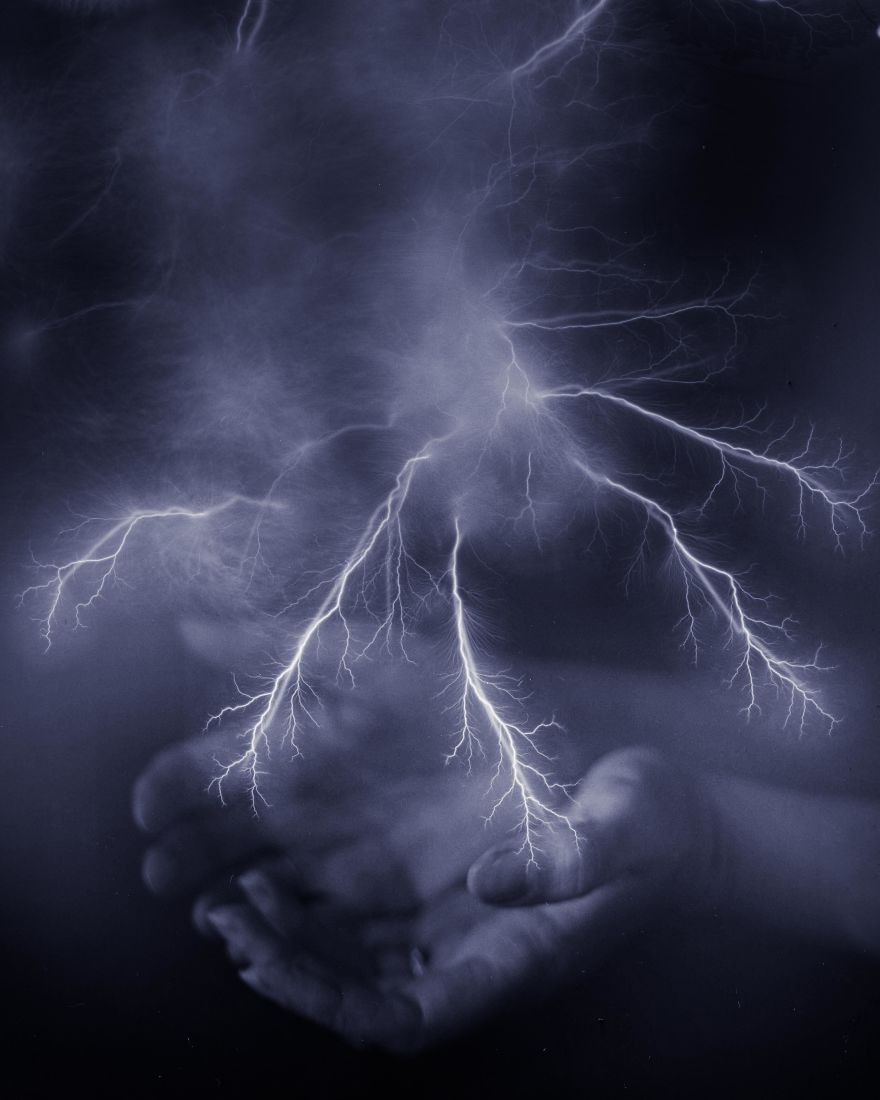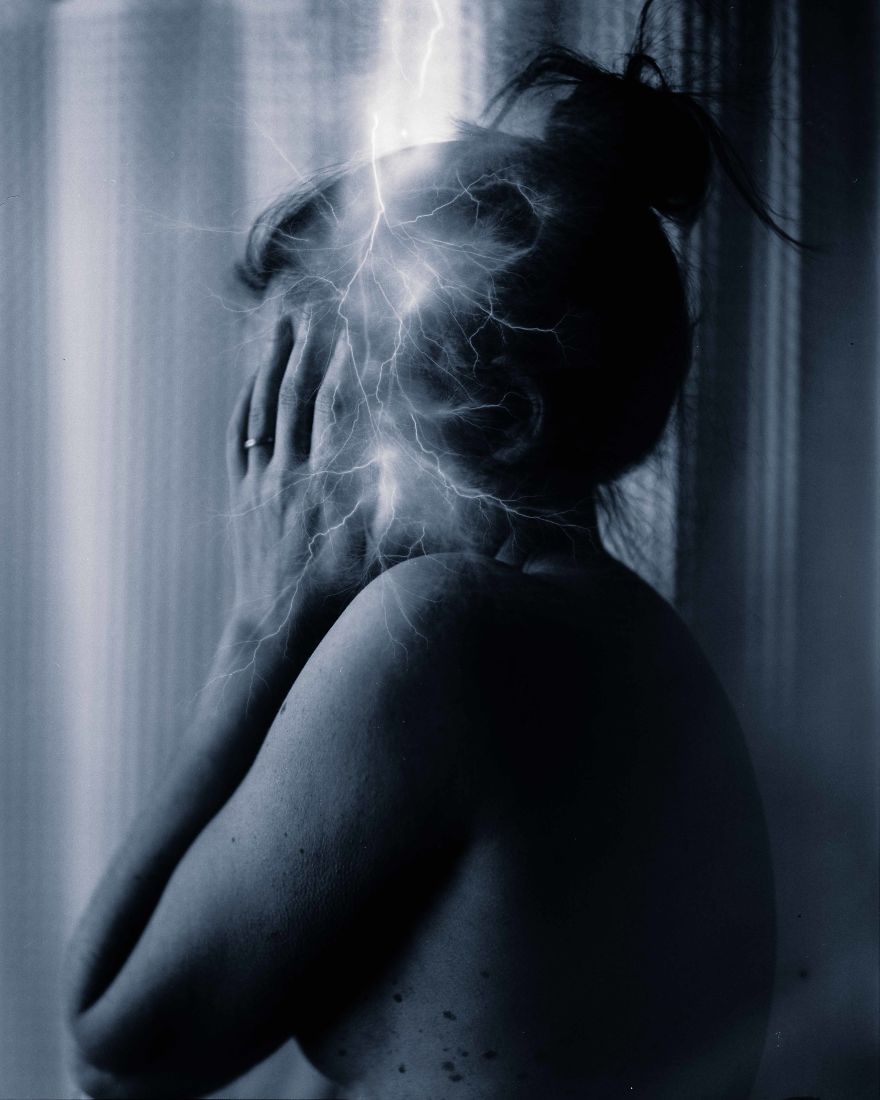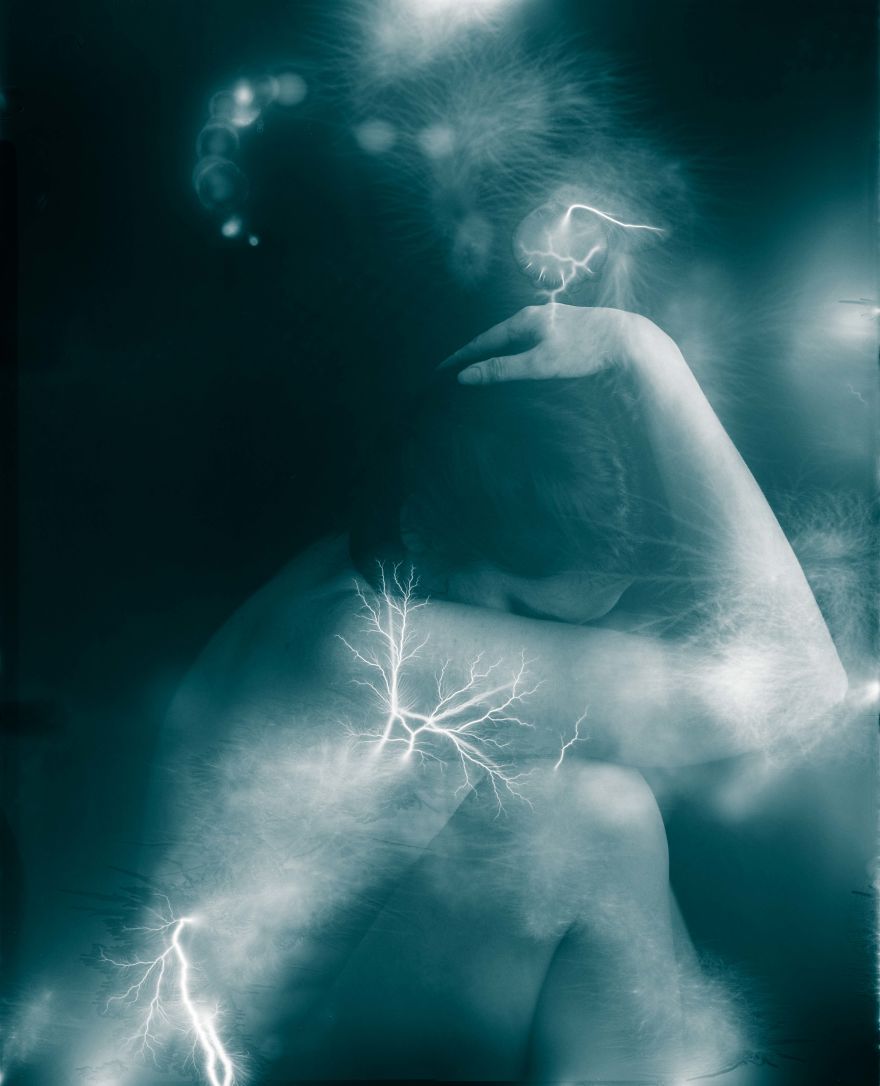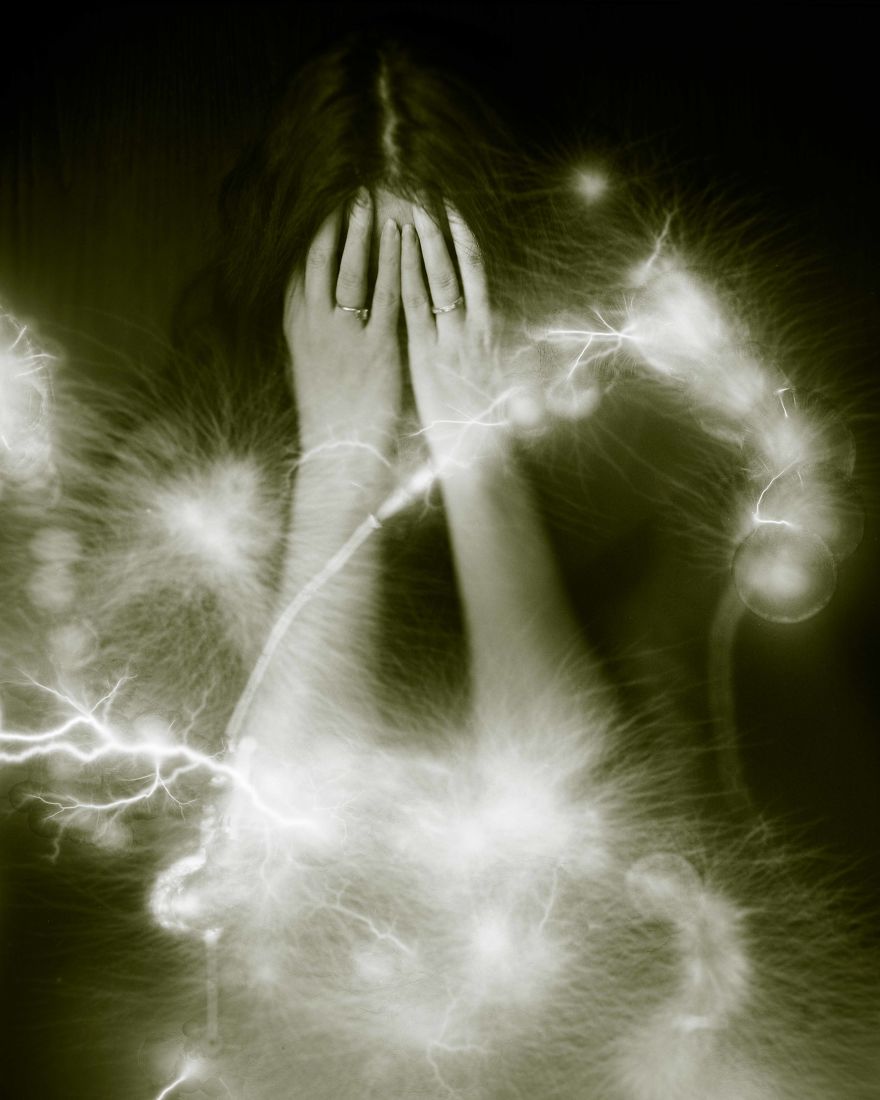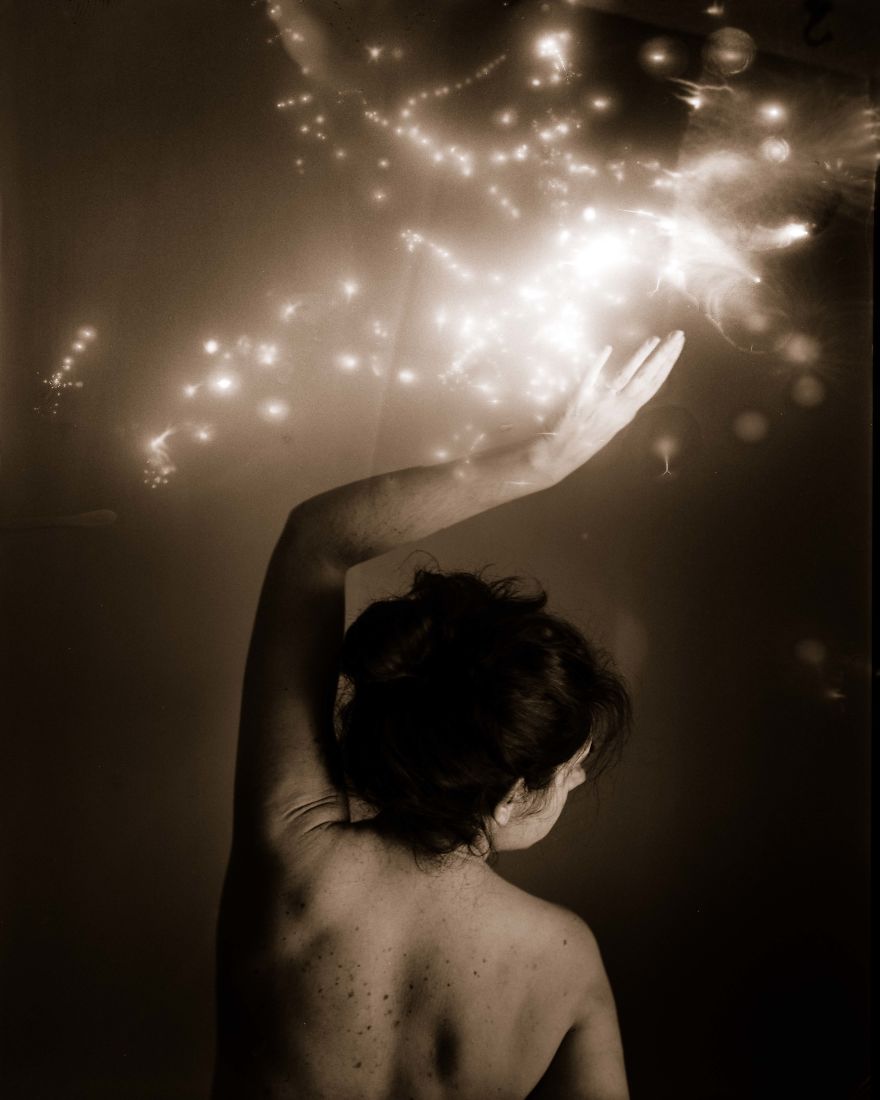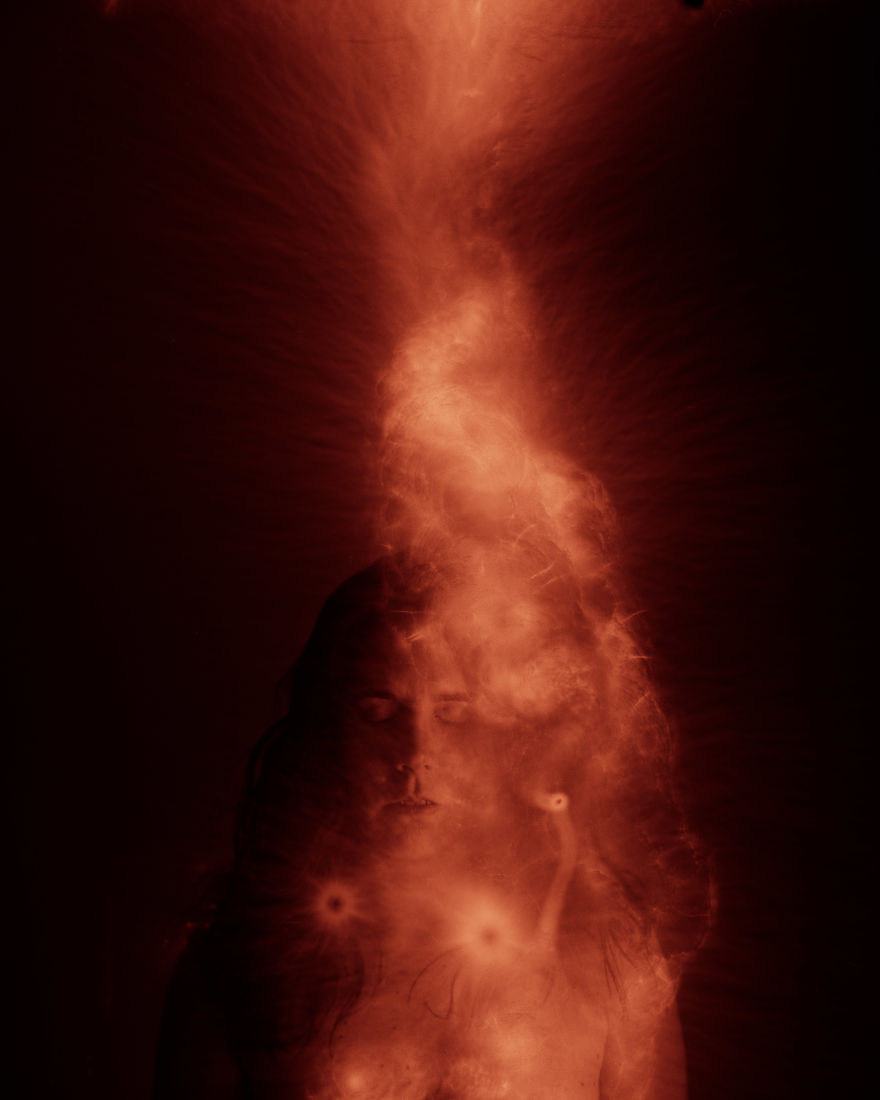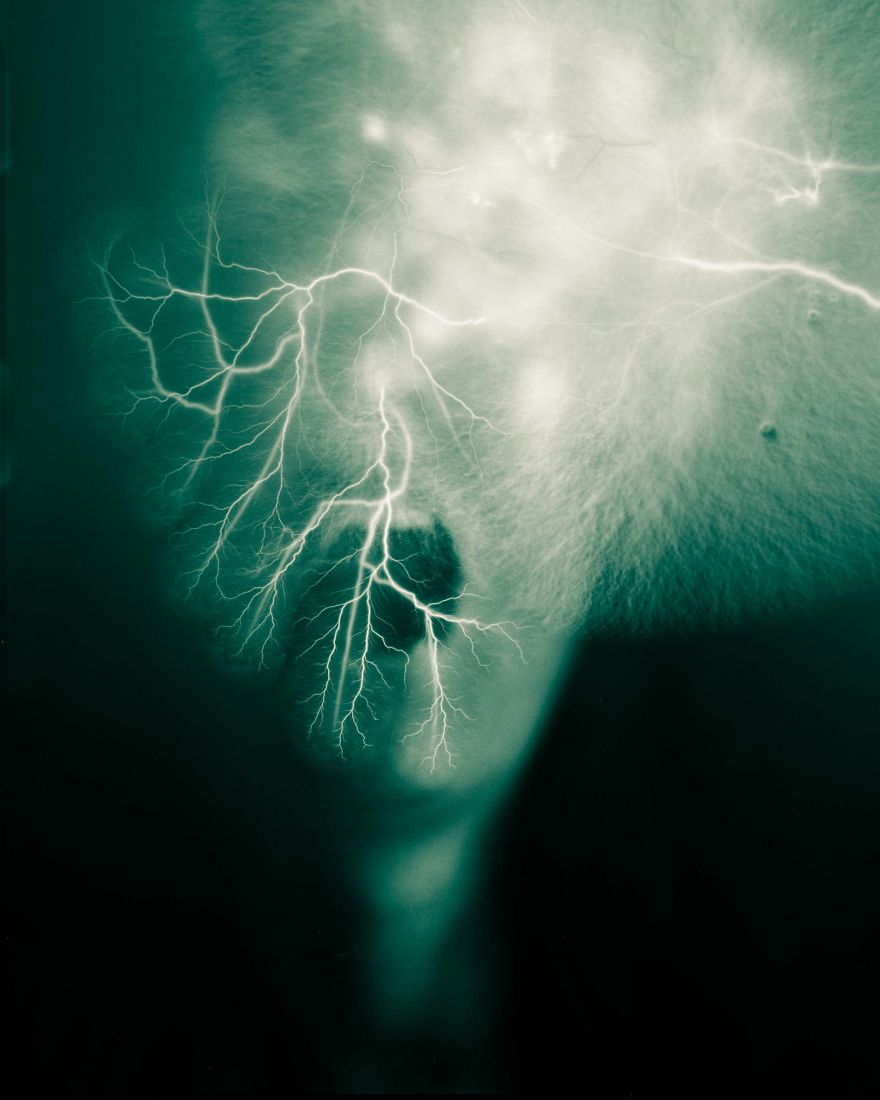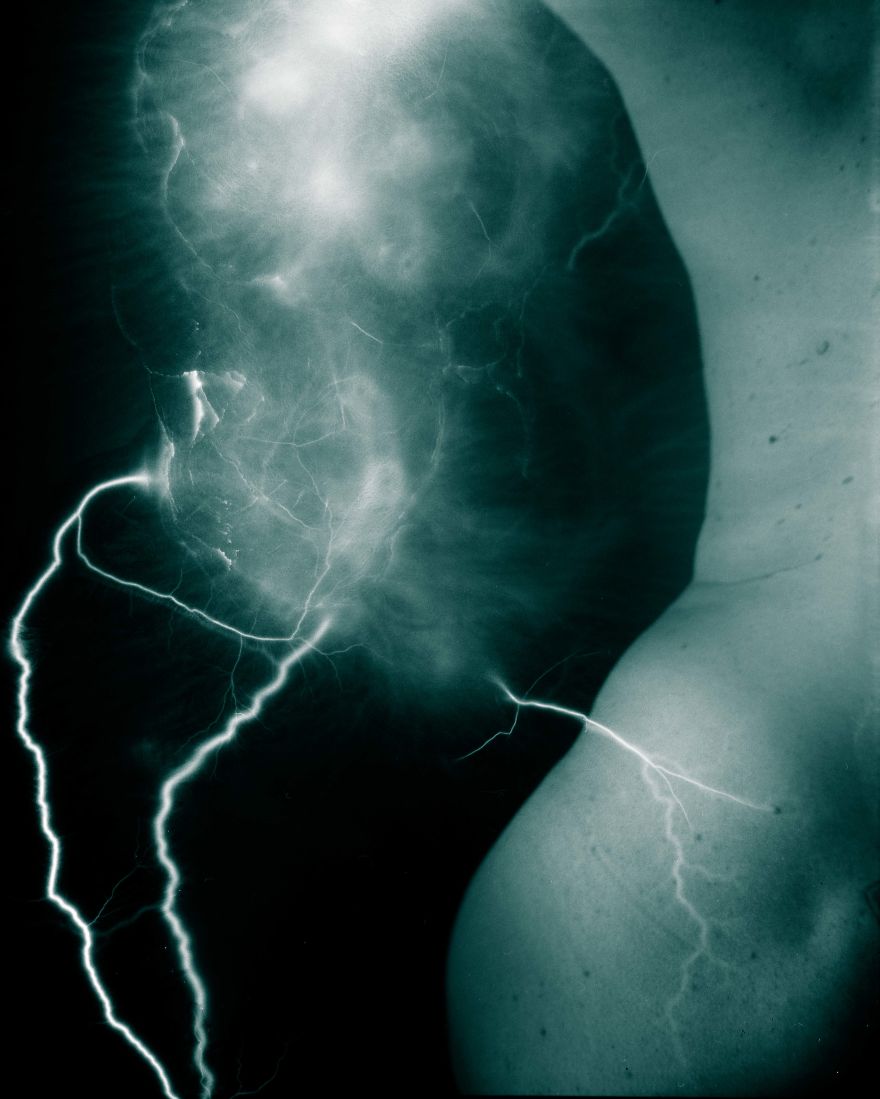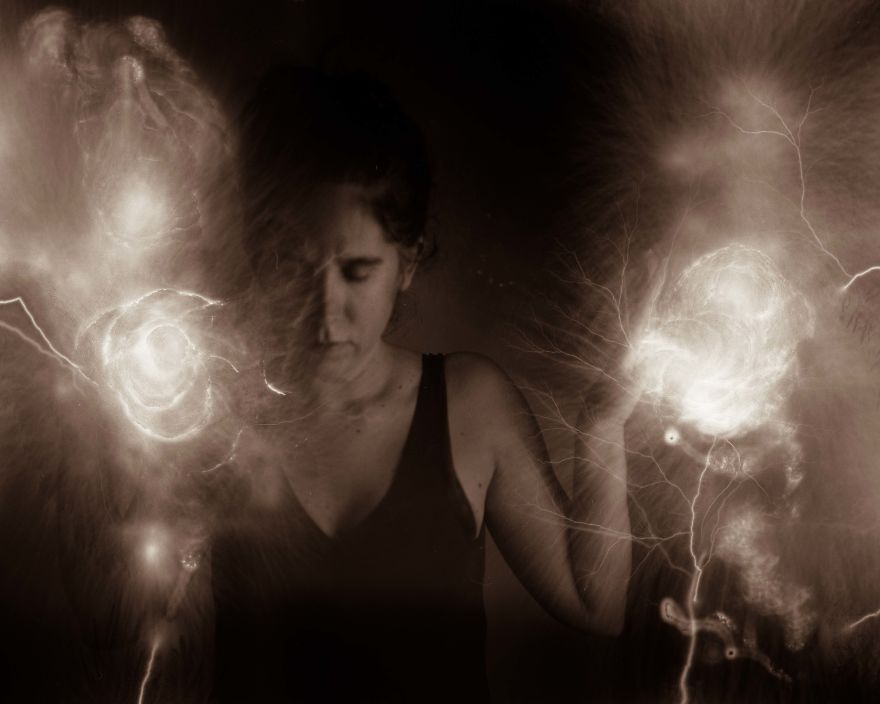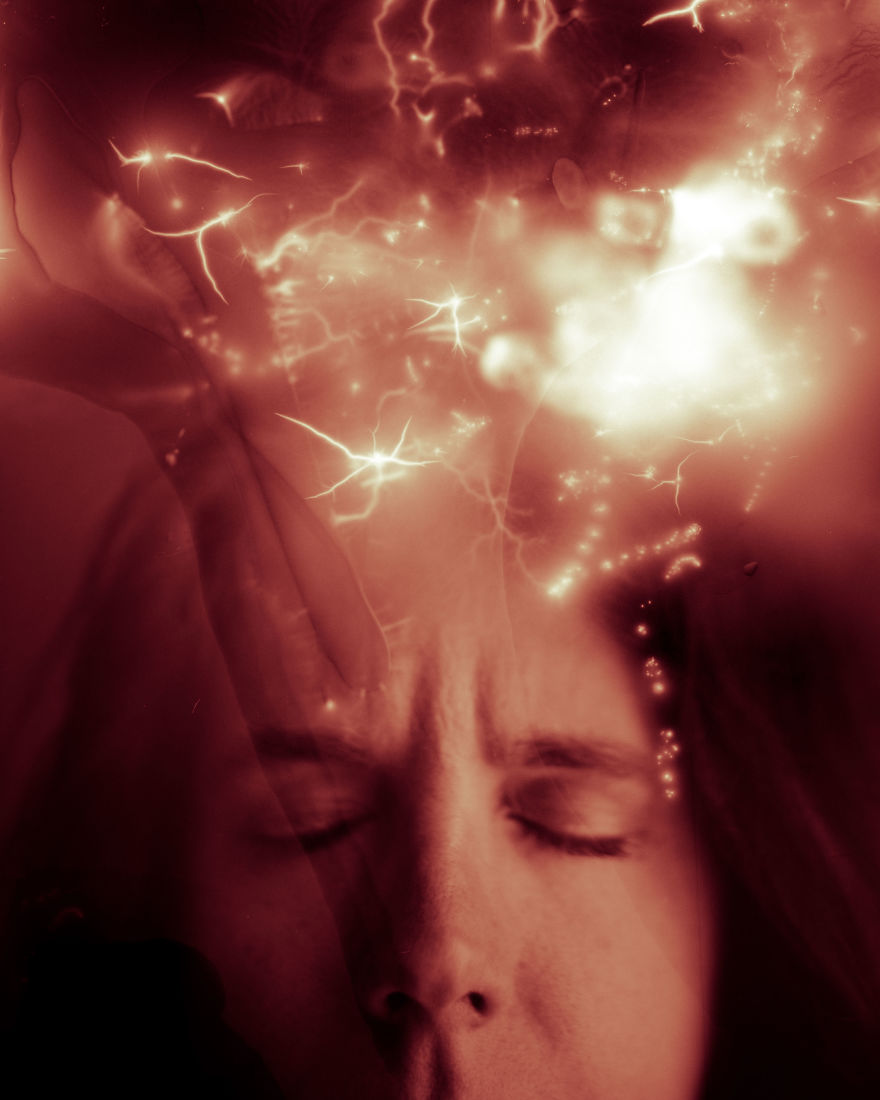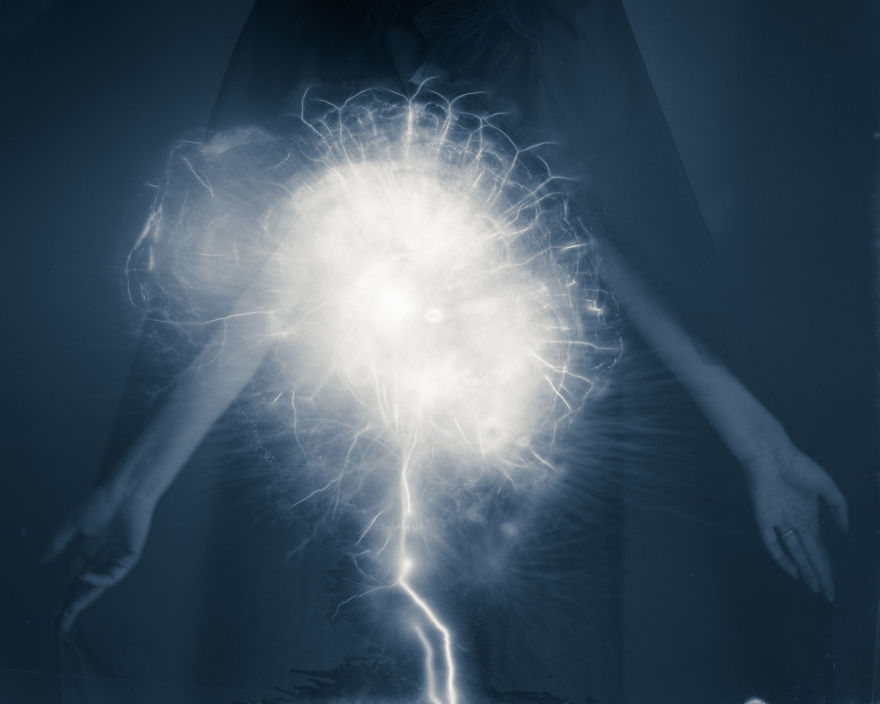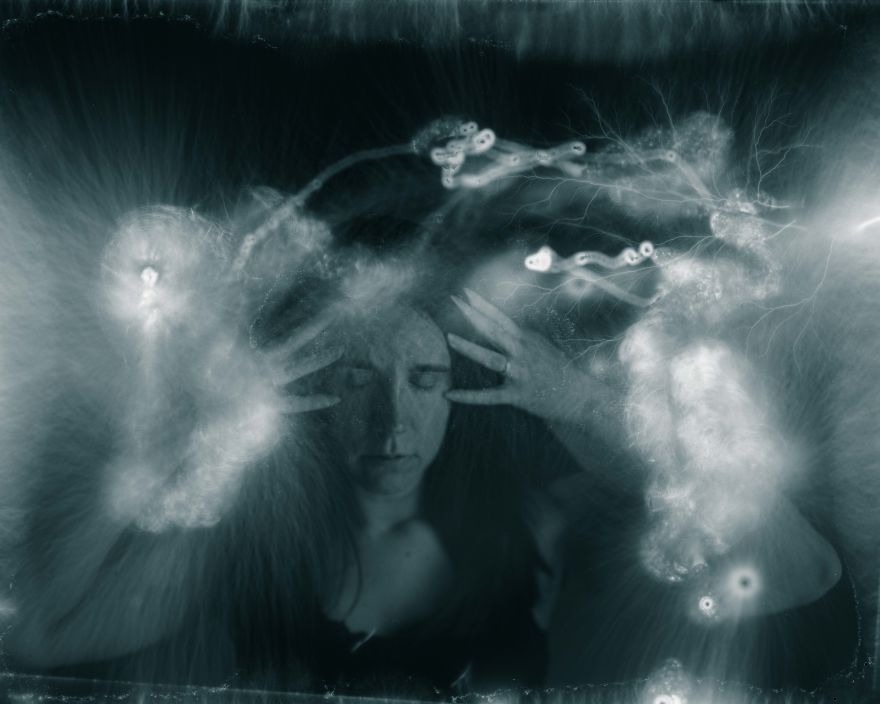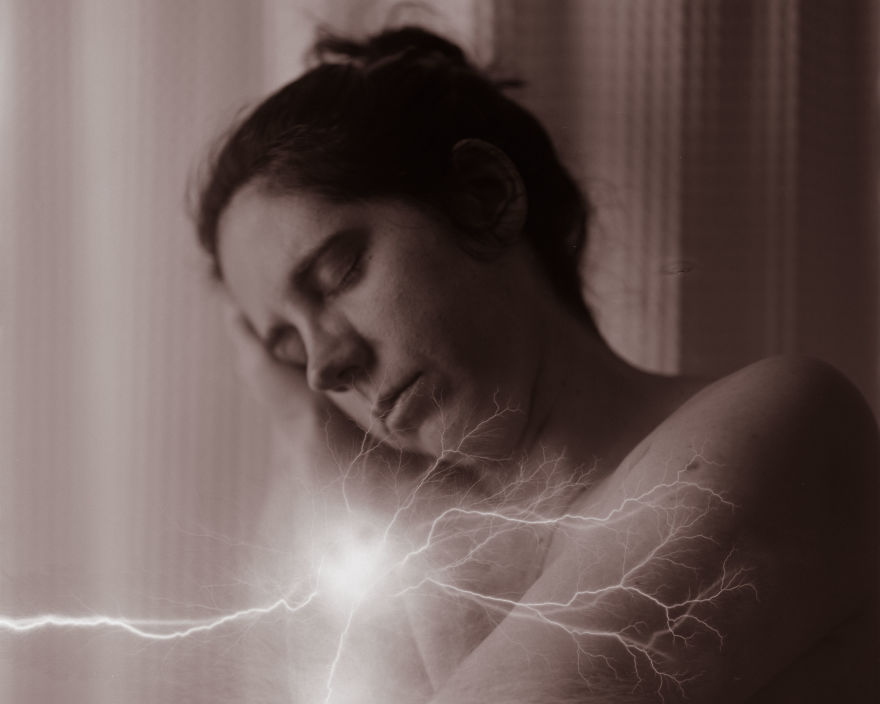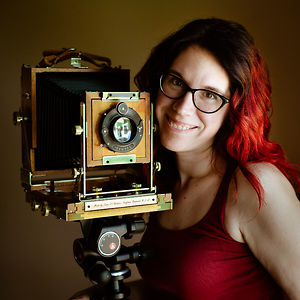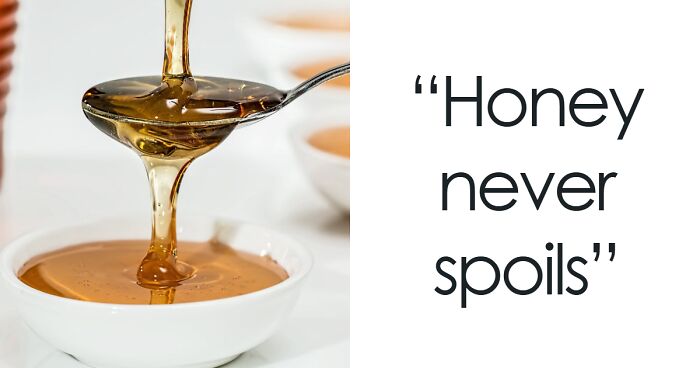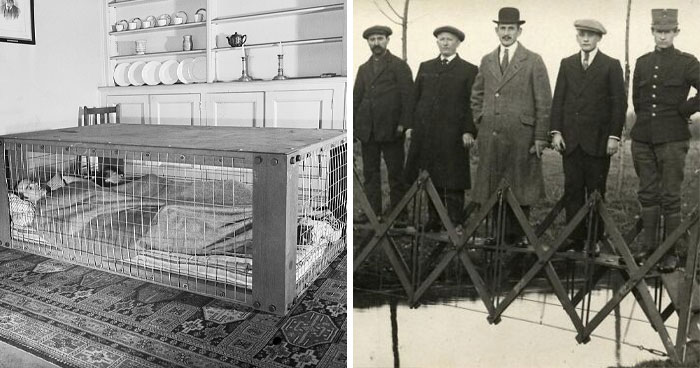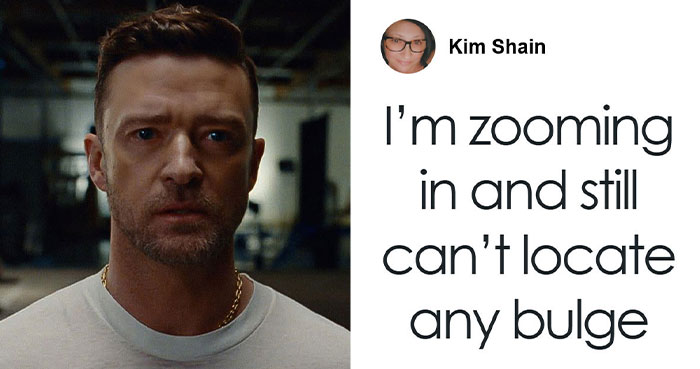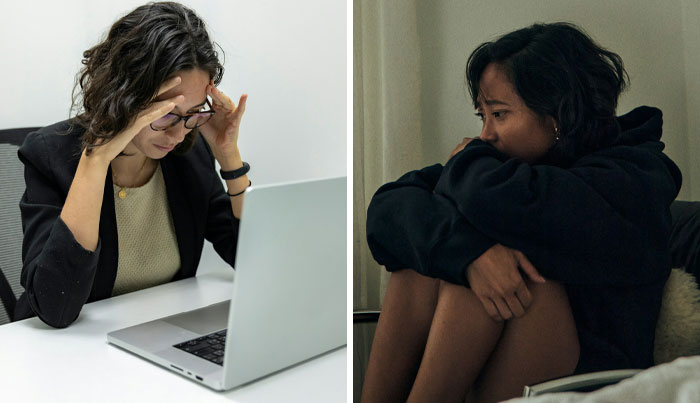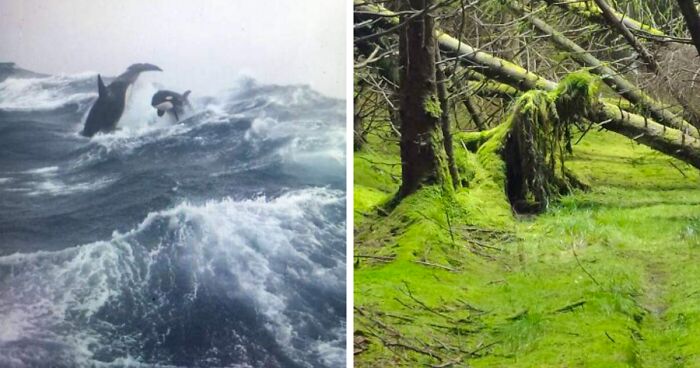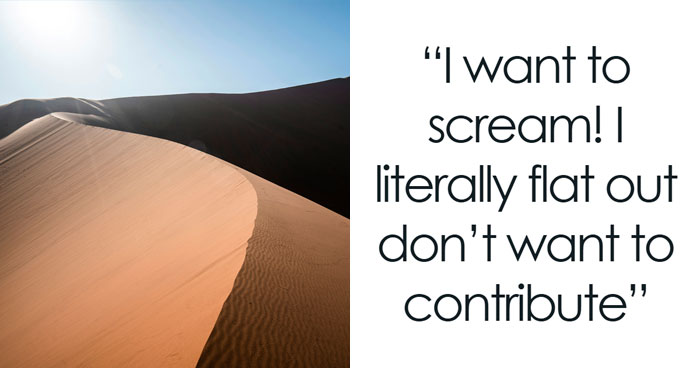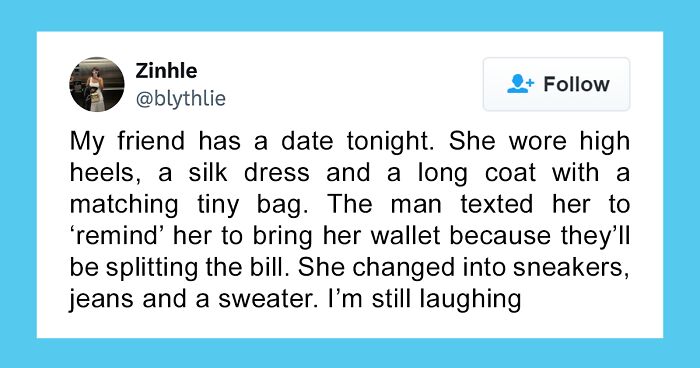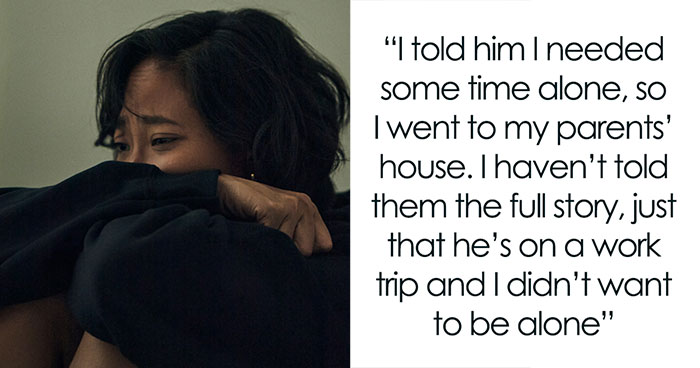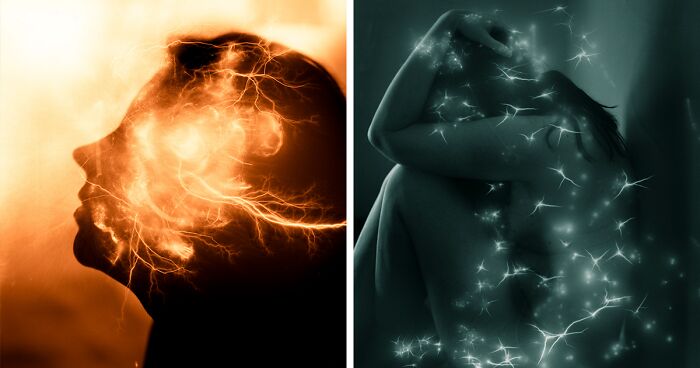
10Kviews
I Show What Happens When You Zap Exposed Film with Static Electricity (16 Pics)
If you struggle with anxiety, you understand how the constant noise in your head can get in the way of creative work. But can anxiety also bring beauty?
In this self-portrait series, I harness static electricity to create random patterns of light on film. The light is magic, revealing things we can't see in an ordinary photograph—things like vulnerability, strength, creativity, and inner thoughts. There's no control over the static, but it's a powerful tool if you know how to use it.
I have been shooting every day for more than five years. I started in digital, where I created a photo series about my son with autism that later became a book. From there, I moved to film, learning to develop and shoot medium format. About a year ago, I started working in large format film, which is my favorite (this is the kind of camera where you stand under a dark cloth to focus). I shoot 4x5 film every day, usually portraits of my family or self-portraits. I have had my work in several gallery shows around the United States.
I have never seen this photography technique before. Photographers and film companies work hard to avoid static in photos. A couple of years ago, I saw a beautiful photo with an accidental static shock, and I thought it was really interesting that it looked like lightning. I started researching how you could shock film for these stunning pictures with static and decided to try a Wimshurst machine to get double exposures. It took a lot of experimentation, but it worked! I decided to try it because I thought the electric shocks could represent invisible emotions in a photo, and I love to find ways to show emotion in my photography art.
I do plan to continue using this technique to make more interesting photos. I waited to put the work out there until I had done enough to create a series since I knew people would want to know how to do it. I wanted to get my work together before I shared the details. I do not believe in keeping photographic techniques, equipment used, settings, etc. secret. I think knowledge should be shared, and I feel we can each bring our own unique photo ideas (even if we try the same thing as another person). I hope other people will use this technique to create too; the world needs more works of art.
p class="post-content-source">More info: Instagram
This post may include affiliate links.
Like A Wave
As the mom of a child with autism, I’ve struggled with anxiety for many years. In photographing my son, I learned that my camera can be a tool to calm my mind, as well as a tool of connection. In this series, I turned the camera on myself. Our minds are so rarely silent. For those of us with anxiety disorders, the noise is constant. From what we’ll cook for dinner to the specifics of how our lives will end, there’s no shortage of things to worry about. But how does the creative mind function amid all this static?
Find The Fire
In my self-portrait series, Static, I explored this question by intentionally shocking 4×5 film with static electricity, creating double exposures with random patterns and shapes of light. I shoot mostly with large format film cameras. Those are the big, old-fashioned cameras where the photographer goes under the cloth to focus. Each shot is made on a sheet of 4-inch by 5-inch film.
Glow
After I take the self portrait, I take the film into the darkroom and intentionally shock it with static electricity using a device invented in the 1800s (a Wimshurst machine, a static generator, which is now a fixture in many science classrooms. It has a big crank you turn with one hand. As it builds up a charge, sparks leap between two metal spheres. If you put your hand in there, you’ll get a zap, but it’s not going to kill you.)
Traditionally, photographers do everything possible to avoid static shocks, which can wreck an otherwise great photo, but I embrace the randomness. The static creates a double exposure with totally unpredictable patterns and shapes of light. The static can’t be controlled or shaped. Shocking the film means giving up creative control over the final image, knowing many sheets will be lost in the process. Yet the static is also magic, allowing us a glimpse at invisible emotions and abstract concepts. I’m particularly interested in how the sparks show the intersection of creativity and anxiety.
Strength In Vulnerability
The process requires a fair amount of risk, from wrecking expensive film to getting a few shocks. To make one of these self-portraits, I start with a general idea and also the knowledge that the end result will probably look very little like what I’m envisioning. Self-portraits are like that anyway: you need to be ready to be vulnerable and give up some control.
Wounds Have Energy
In my work, I hope I can create awareness that challenges like anxiety aren’t always a weakness. Like the static, we can’t control anxiety. It certainly makes things harder sometimes. But there’s also a chance to connect, to create, to explore. There’s also beauty in that chaos.
No Shelter
More about my process: First, I set up a background next to a big window. I take a meter reading and make the photo—usually four sheets of 4×5 film at each session. This gives me four chances to make it work. I shoot a Zone VI 4×5 Classic Field Camera with a Schneider Xenar 150mm f/3.5 lens from 1928. All images are natural light, all shot on Ilford Ortho Plus 4×5 sheet film.
After I make the self-portrait, it’s time to wreck some perfectly good film! In the darkroom, under red safe-light, I use a rubber glove to hold each sheet of orthochromatic 4×5 film between the two metal spheres. Instead of jumping directly from one sphere to the other, the sparks need to go through the film. When they do, they expose a pattern on it.
Loud Mind
I have very little control over the sparks. A sudden crack makes a lightning shape, but it doesn’t always happen where you want. If you get the film wet first, the sparks are tiny stars and the emulsion gets a little streaky. If you shock for a long time in one spot, you might get a fireball.
However, even when you try to control it, you don’t get to pick what the static will do. It might create a cool flare or an amazing effect, but it can just as easily completely obliterate the image or overexpose the whole thing. There’s a lot of luck involved, and taking photos like this requires openness to failure. It’s all about experimentation.
Constellation
Finally, it’s time to develop. I use Ilford Ilfotec DD-X for this. When the film comes out of the final rinse, I get to find out if I wasted a few hours and a few dollars or if I managed to make something cool. It’s always a surprise!
Light It Up
This one isn't quite like lightning, and I really like how unique it is.
What I love about this process is the way the sparks can show emotion and unseen thoughts. It’s a way to make invisible things visible. That usually invisible spark is what makes a portrait or self-portrait powerful, and seeing it manifested this way is nothing short of exhilarating.
Inside And Out
Echoes
Harness It
Are We All Frantic?
Surrender
Find Your Center
Strength In Vulnerability
Loooong ago as an old school typesetter I used a huge repro camera to photograph hand composed layouts for the films needed to make printing plates. One of the nightmares was static electricity sparking all over the film. We would use all tricks and then some to combat it, aluminium discharge strips all over the place, getting the humidity up... think dark room in summer, no A/C... and still every now and then BBBLLIZZZZ! and you could chuck a film the size of a blanket in the bin. Then there was a Misomex step and repeat machine with a punch card "computer" but it made films 5 meters x 3 meters, that had static on another level, we are talking about arcs of lightning here. So let me get this straight, you have found a way to make my misery to art!?
Just wanted to say that I love this!! I have chronic migraines with aura (really bad constant/consistent headaches with messed-up vision) and the photo effects you've achieved remind me of the condition so much... I think I'll show people your work next time they ask me what it feels like. Awesome stuff :)
Loooong ago as an old school typesetter I used a huge repro camera to photograph hand composed layouts for the films needed to make printing plates. One of the nightmares was static electricity sparking all over the film. We would use all tricks and then some to combat it, aluminium discharge strips all over the place, getting the humidity up... think dark room in summer, no A/C... and still every now and then BBBLLIZZZZ! and you could chuck a film the size of a blanket in the bin. Then there was a Misomex step and repeat machine with a punch card "computer" but it made films 5 meters x 3 meters, that had static on another level, we are talking about arcs of lightning here. So let me get this straight, you have found a way to make my misery to art!?
Just wanted to say that I love this!! I have chronic migraines with aura (really bad constant/consistent headaches with messed-up vision) and the photo effects you've achieved remind me of the condition so much... I think I'll show people your work next time they ask me what it feels like. Awesome stuff :)

 Dark Mode
Dark Mode 

 No fees, cancel anytime
No fees, cancel anytime 


